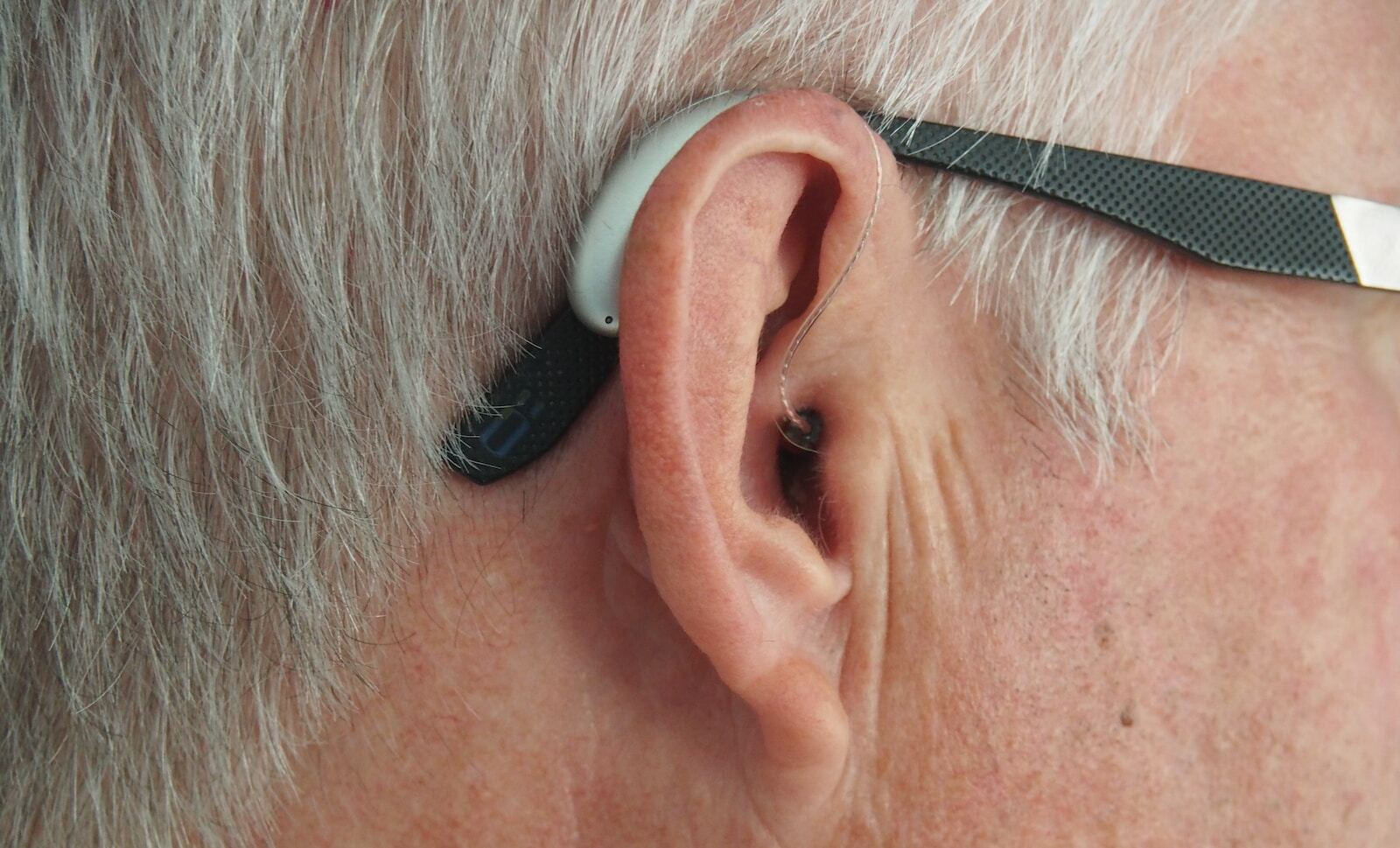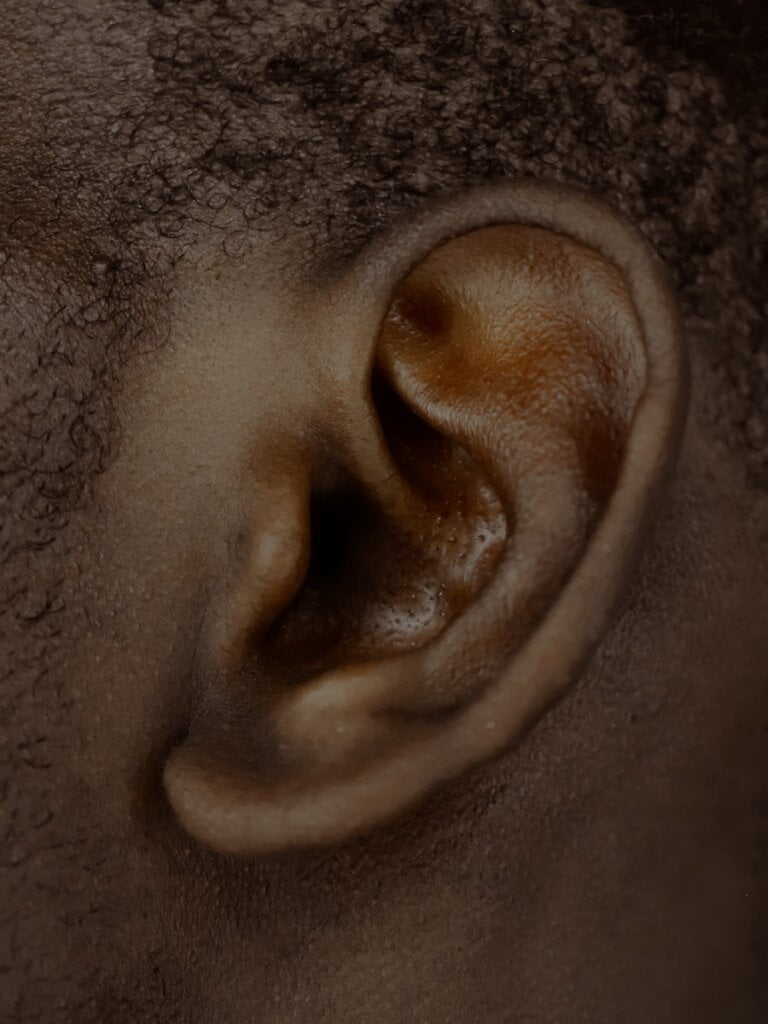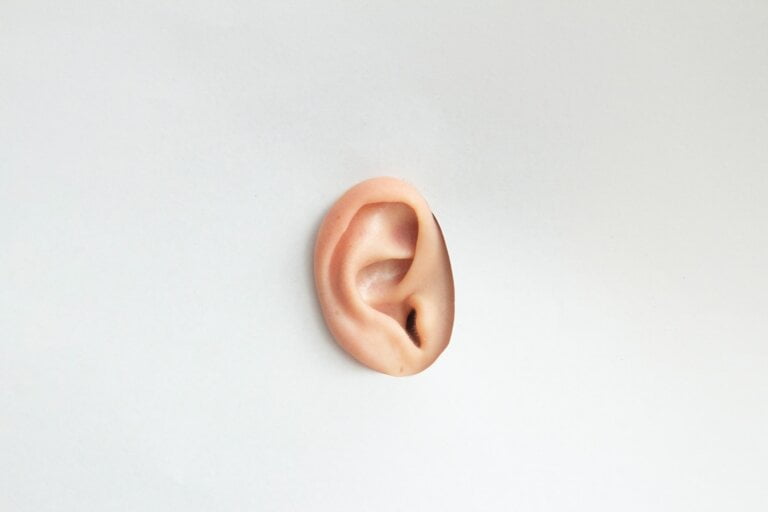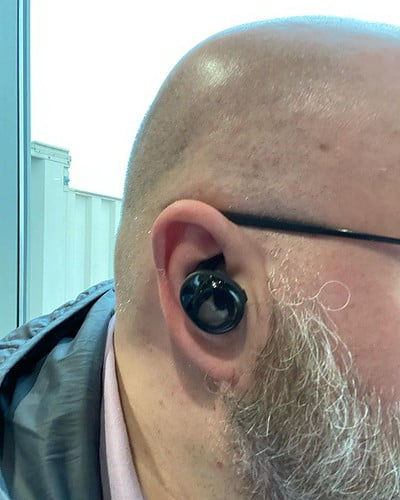A Gentle Approach: Comparing the Safety and Efficacy of Microsuction and Manual Instrument Ear Wax Removal
When it comes to earwax removal, prioritizing safety and efficacy is crucial. Two commonly used methods for removing earwax are microsuction and manual removal. In this article, we will explore the differences between these approaches and evaluate their benefits, risks, and overall effectiveness.
Understanding Microsuction and Manual Removal
-
Microsuction
Microsuction is a non-invasive procedure performed by healthcare professionals, usually audiologists. It involves the use of a specialized device known as a microsuction pump.
- The process begins with the insertion of a small, thin tube into the ear canal. This tube allows the clinician to have better visibility and control during the procedure.
- The microsuction pump gently removes excess earwax by creating controlled suction. This suction is carefully regulated to prevent any damage to the delicate structures of the ear.
- Microsuction is considered a gentle and safe method due to the clear visibility and control the clinician has throughout the procedure. This reduces the risk of injury or discomfort to the patient.
- One of the advantages of microsuction is that it is suitable for individuals of all ages, including those with sensitive ears or a history of ear problems. The procedure can be tailored to the specific needs of each patient.
-
Manual Removal
Manual removal, also known as syringing or irrigation, is another commonly used method to remove earwax. This technique involves the use of water or saline solution to flush out the accumulated wax.
- A healthcare professional inserts a syringe or bulb filled with the solution into the ear canal. The solution is then gently sprayed into the ear, creating pressure that dislodges the earwax.
- Manual removal requires expertise and precision to avoid injury to the ear or eardrum. The healthcare professional performing the procedure must have a good understanding of the anatomy of the ear and use caution to prevent any complications.
- However, manual removal may not be suitable for individuals with sensitive ears or a history of ear infections. The forceful irrigation involved in this method can cause discomfort and potentially lead to complications.
Comparing Safety and Efficacy
-
Safety
Safety should always be a top priority when it comes to earwax removal. Both microsuction and manual removal have their own safety considerations.
- Microsuction: The use of a controlled suction device minimizes the risk of damage to the delicate structures of the ear. The clinician can visualize the process, ensuring the safe removal of wax without causing harm. This method offers a higher level of safety compared to manual removal.
- Manual Removal: While generally safe, manual removal carries a slightly higher risk of complications. The forceful flushing of water or solution may cause discomfort, and if not done properly, it can lead to ear infections, perforated eardrums, or injury to the ear canal. It is important to seek a trained professional to perform manual removal to minimize these risks.
-
Efficacy
The effectiveness of earwax removal methods is crucial to ensure optimal hearing health. Let’s compare the efficacy of microsuction and manual removal.
- Microsuction: Microsuction is highly effective in removing excess earwax, even when it is impacted or hardened. The controlled suction allows for better precision, ensuring complete removal of the wax without pushing it further into the ear canal. This method is particularly useful for individuals with stubborn or difficult-to-reach wax blockages.
- Manual Removal: Manual removal can be effective in mild cases of earwax accumulation. However, it may not be as efficient when dealing with impacted or stubborn wax. The forceful irrigation may dislodge some wax but can also push it deeper into the ear canal, worsening the blockage. In such cases, microsuction is often a preferred method.
Advantages and Disadvantages
- ### Advantages of Microsuction
- It provides a gentle and controlled approach to earwax removal. The clinician can carefully regulate the suction, minimizing the risk of damage to the ear.
- The excellent visibility during microsuction allows the clinician to assess the condition of the ear canal and eardrum, ensuring a thorough examination.
- Microsuction can effectively remove even hardened or impacted wax, providing relief for individuals with more severe blockages.
- When performed by a trained professional, the risk of complications or damage to the ear is minimal.
- ### Disadvantages of Microsuction
- The procedure requires specialized equipment and trained professionals, which may limit accessibility in some areas. It is important to seek out healthcare providers who offer microsuction services.
- Cost may be a factor, as microsuction is generally more expensive than manual removal. However, considering the safety and efficacy of this method, it may be worth the investment.
- ### Advantages of Manual Removal
- Manual removal can be performed by a wider range of healthcare professionals, including general practitioners. This makes it a more readily available option in many healthcare settings.
- The procedure is generally less expensive compared to microsuction, making it a more affordable choice for individuals who may not have access to specialized ear clinics.
- ### Disadvantages of Manual Removal
- There is a slightly higher risk of complications, such as ear infections or perforated eardrums, if not done correctly. It is crucial to ensure that the healthcare professional performing the procedure has the necessary expertise and experience.
- Manual removal may not be as effective in cases of impacted or stubborn wax. This method may provide temporary relief but could potentially worsen the blockage if the wax is pushed further into the ear canal.
Conclusion
When it comes to the safety and efficacy of earwax removal, microsuction and manual removal are two commonly utilized methods. While both approaches have their pros and cons, microsuction offers a gentle and controlled approach, with higher effectiveness in removing stubborn or impacted earwax.
It is important to consult a healthcare professional to determine the most suitable method for your specific earwax concerns. They will be able to assess your situation, provide expert advice, and ensure the safe and effective removal of earwax, contributing to your overall hearing health and well-being.
Note: The content provided above is an example and does not serve as professional medical advice. Always consult a healthcare professional for accurate guidance and care.
FAQ
-
What is microsuction?
Microsuction is a non-invasive procedure performed by healthcare professionals, usually audiologists. It involves the use of a specialized device known as a microsuction pump. The pump creates controlled suction to gently remove excess earwax without causing harm to the ear.
-
How does manual removal work?
Manual removal, also known as syringing or irrigation, involves the use of water or saline solution to flush out earwax. A healthcare professional inserts a syringe or bulb filled with the solution into the ear canal and gently sprays it, creating pressure that dislodges the wax.
-
Which method is safer, microsuction or manual removal?
Microsuction is considered safer than manual removal. The use of a controlled suction device in microsuction minimizes the risk of damage to the delicate structures of the ear. The clinician can visualize the process, ensuring the safe removal of wax without causing harm. Manual removal carries a slightly higher risk of complications, such as ear infections or perforated eardrums, if not done correctly.
-
Which method is more effective, microsuction or manual removal?
Microsuction is highly effective in removing excess earwax, even when it is impacted or hardened. The controlled suction allows for better precision, ensuring complete removal of the wax without pushing it further into the ear canal. Manual removal can be effective in mild cases of earwax accumulation but may not be as efficient for impacted or stubborn wax. In such cases, microsuction is often a preferred method.







